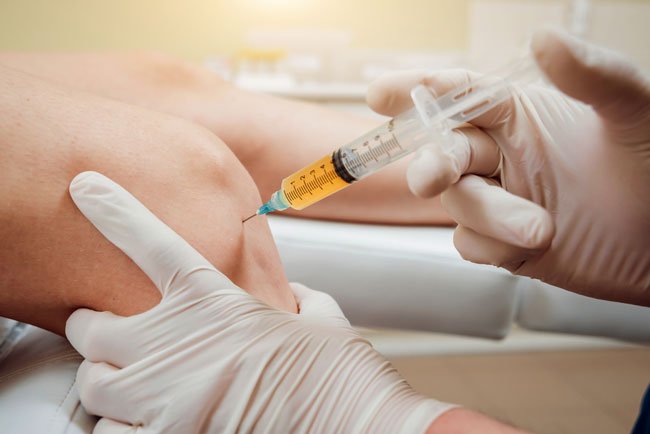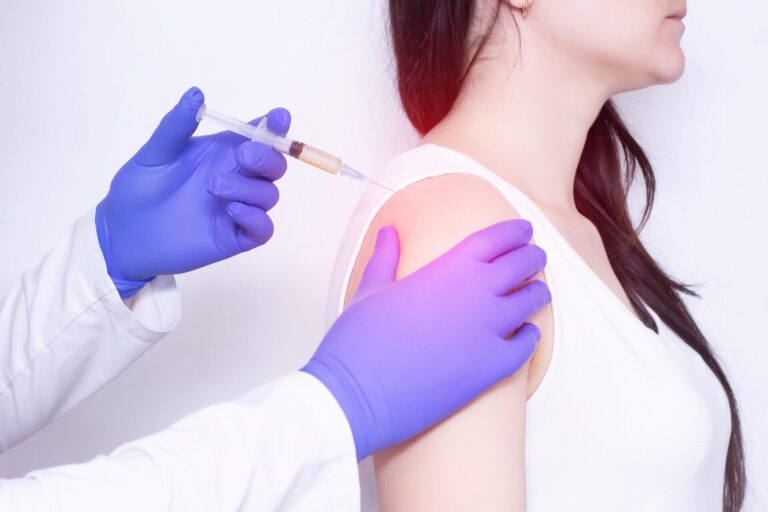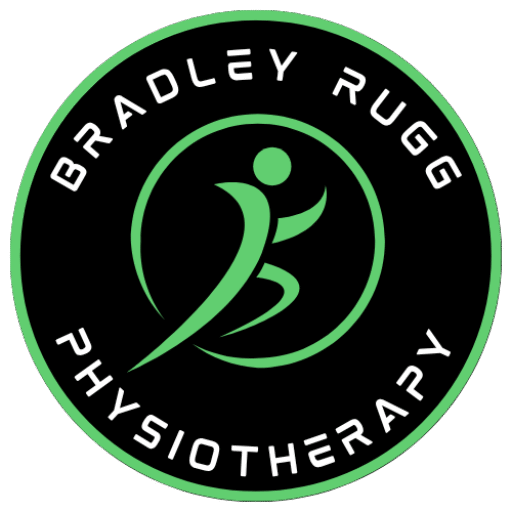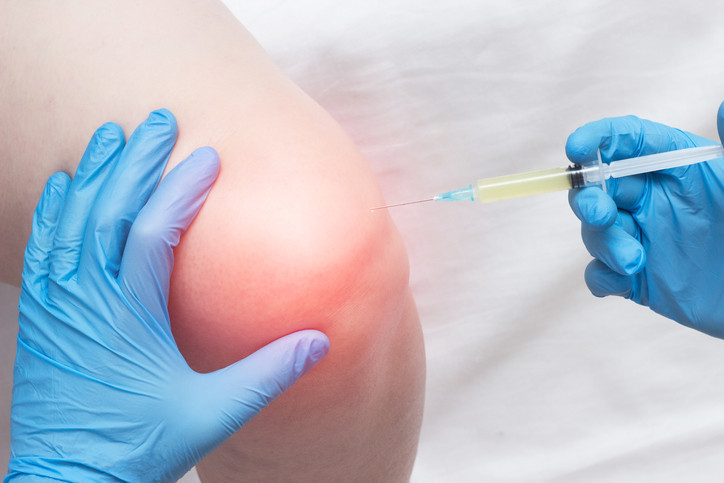Table of Contents
Introduction
There is a lot of information (good and bad) available for those considering a steroid injection which can often make decision making tricky. Steroids are often thought of negatively by those not familiar with how they work or what they can offer for those with pain and inflammation. The goal of this post is to help you understand what steroid injections are, their benefits and risks, and when it may be options worth considering for you or a loved one.

What is a Steroid / Corticosteroid / Cortisone injection?
Some steroids occur naturally in our body. Artificially manufactured ones can mimic our natural steroids to reduce inflammation. These types of steroids are very different to anabolic steroids used by body builders to increase their muscle size and strength.
Some steroids are to be taken by mouth in the form of tablets. Although this is useful for certain conditions with widespread locations, there are also more risks and side effects associated . The benefit of an injection is the medication can be delivered to a targeted location, such as joint or soft tissue, and act locally in that area.
Uses
The most common use of steroid injections is to reduce local inflammation, and therefore reduce the associated pain. Steroid injection are given by appropriately trained healthcare professionals that have gone through extensive training and have relevant experience. Injections can be given in several ways including:
- into a joint (an intra-articular injection)
- into a muscle (an intramuscular injection)
- into a bursa (intrabursal injection)
- around a tendon/fascia attachment point (such as the plantar fascia in the heel)
In physiotherapy practice, the most common injections are into joints (e.g. knee, shoulder, ankle), bursa (e.g. greater trochanteric bursa at the side of the hip, or subacromial bursa at the shoulder), and then other musculoskeletal indications (e.g. plantar fascia, carpal tunnel, trigger finger). Sometimes if there is a large amount of fluid in the area being injected, such as a joint effusion, this will be aspirated (removed) prior to injection.
More likely than not, a local anaesthetic will also be injected, such as Lidocaine. This provides immediate short term pain relief to allow you to be comfortable after the injection is performed. For this reason, the steroid injection process is generally quick and has minimal pain associated.
Steroid injections can often provide significant pain relief, allow you to engage with physiotherapy exercise and activities of daily living. Sometimes treatments such as strengthening exercises can be too pain to perform, and the inflammation can cause problems with sleeping and freedom of movement. Steroid injections allow short-medium term reduction in pain to allow you to do the core things that get your condition better.
Side-effects and Risks
Most people have steroid injections without and side effects or complications. The injection itself can be a little uncomfortable, but this is generally well controlled and is not as bad as people fear. When side effects are reported, they tend to be mild and temporary. A list of side effects include:
- Slight discomfort during the injection
- Slight bleeding at the injection site
- Pain for a couple days (steroid flare) – basic over the counter painkillers should help with this
- Temporary bruising or a collection of blood under the skin
- Flushing of the face for a few hours
- Dimples, paleness or thinning of the skin around the site of the injection – this may be permanent
- Headaches, dizziness, or drowsiness
- Nausea
- Itching and skin irritation around the injection site
- If you have diabetes – your blood sugar level may go up for a few days
- If you have high blood pressure, your blood pressure may go up for a few days
- Infection
There are risks that come along with any procedure such as injections. Steroid injections are generally safe and been common practice for decades. Although these are some of the general side effects and risks, a thorough consent process with risks associated with you personally will always be discussed a the time of injection.

The Injection Process
An initial assessment will always happen to ensure injection will be of benefit, and to ensure risks are discussed and minimised. If an injection is appropriate is and consented for, the injection will happen in the following week. This gives you time to read on information and ensure you are happy to go ahead. It is best practice to not have injection on the same session of meeting a healthcare professional generally, especially in physiotherapy care.
Ensure you are wearing loose clothing to ensure the injection site is easy to access. Steroid and local anaesthetic dosages will be decided by the site being injected to ensure optimum effectiveness. Once the injection is ready to go ahead, the injection site will be marked, typically using the needle cap. The injection site will be sterilised by using either a solution of isopropyl alcohol (alcohol pre-injection wipe), or most likely using a tool such as ChloraPrep. Although there are many ways to cleanse the skin, the WHO state isopropyl alcohol wipes are sufficient alone. Alcohol based hand sanitisers are used before, between each step, and after injections to minimise infection risks.
When the injection starts, the needle is passed through the skin swiftly (most painful part) followed by careful pressure towards the target site. Once completed, the needle is removed, and a sterile plaster is applied on the injection site. This is to be kept on for the rest of the day.
Injection Therapy Aftercare
You will need to remain in the clinic for 15 mins after the injection so we can monitor any potential side effects. A follow-up appointment will be booked for 7-14 days post-injection to continue treatment of your condition. This gives the medicines enough time to have their effect and allows physiotherapy treatment to be more meaningful. You should be able to drive home unless your pain increases, you experience numbness in the area, or you feel unwell. If you pain worsens following the injection, you can use over the counter pain killers if safe to do so. If you do not know, please ask Bradley Rugg.
If you develop swelling, redness, heat, increased pain in or around the site of the injection or if you feel unwell or feverish, you should go to A&E immediately. These may be signs of an infection and you may need antibiotics. If this happens, please inform me. If you are taking insulin for diabetes, you will need to closely monitor your blood sugars for 7 days after your injection. You may need to adjust your insulin levels temporarily if the injection causes your blood sugar levels to rise.
Frequently Asked Questions (FAQ's)
Injections can be uncomfortable for some people. The most uncomfortable part of any injection is typically the passing of the needle through the skin. For this reason, the needle is passed swiftly through the skin, with the needle width being as small as possible for the injection site. Local anaesthetic is also typically used which will numb the area.
Typically a single injection will be required. Sometimes depending on the severity of inflammation, irritability of symptoms, and nature of the diagnosed condition, repeat injections can be performed. This will only be done after an appropriate timeframe, and if it is safe for the target tissue.
Typically there are two steroids used:
- triamcinolone (try-am-sin-o-lone). This is more commonly known as Kenalog.
- methylprednisolone (meth-al-pred-niss-o-lone). This is more commonly known as Depo-Medrone.
Physiotherapists have been performing injection therapy since the 1990’s. Injection therapy is a known part of musculoskeletal physiotherapy practice in the UK. As most people are referred to physiotherapy following an injection, having your injection performed by a specialist physiotherapist allows for swift and comprehensive treatment without referral delays.
Bradley Rugg has performed many injections for both private medical insurance patients and self-funding patients. Bradley has studied at Masters (MSc) level in musculoskeletal injection therapy, and done his supervised training under a consultant radiologist and rheumatologist.

